Garfield County in west-central Colorado signed off this week on the new multi-agency Roaring Fork Wildfire Collaborative, but not without a little creative editing. The Post Independent reported that county commissioners signed a memorandum of understanding (MOU) joining 17 other local governments, fire districts, and state and federal agencies in the formation of the wildfire collaborative.
“The Roaring Fork Valley presents especially complex boundaries with the sheer number of agencies involved,” said Larry Sandoval with the BLM’s Colorado River Valley Field Office. He said the completion of this MOU is a major step toward effective collaboration in fire prevention and management.
The request for edits to the MOU originated with Garfield County Commissioner Tom Jankovsky. “A lot of the emphasis is coming from Pitkin and Eagle counties and the Forest Service to do more forest management,” he said, “which from my perspective is more than just prescribed burns.” Jankovsky wanted the MOU to include equal mention of logging, thinning, and other “more aggressive” forest management methods. “I find it ironic that this group talks about climate change, yet they look at forest management as burning the forest, which has the same effect as if we have a forest fire, just to a much smaller degree,” Jankovsky explained.
A third-generation native Coloradan, Jankovsky is serving his third term as Garfield County Commissioner. He is the public lands planning lead for the Board of County Commissioners and the former general manager of Sunlight Mountain Resort in Glenwood Springs. He asked that the word “climate” be removed from one sentence in the MOU where it stated that active management “… includes the use of the best available climate science that will help stakeholders understand how a changing climate will impact our landscapes and ecosystems, while also looking for opportunities to improve understanding through local research.” Jankovsky wanted the line to read “best available science” and not “best available climate science.”
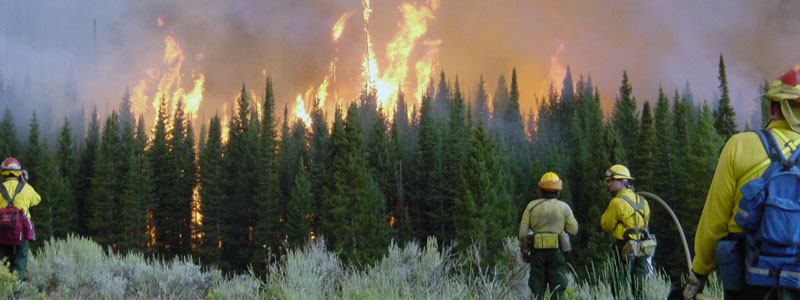
Because fires have no boundaries and don’t recognize jurisdiction lines, the valley-wide collaborative is meant to have everyone on the same page. The 18 local, county, state, and federal agencies involved in wildfire management formalized their working relationship through the Roaring Fork Valley Wildfire Collaborative; the Gunnison Times reported that talk of the collaborative started early 2022, when residents in the Roaring Fork River drainage discussed their interest in better fuels treatment. With several big fires in recent memory — the 2018 Lake Christine Fire, the 2020 Grizzly Creek Fire, and the 2021 Sylvan Lake Fire — valley stakeholders began discussing solutions. The collaborative’s goals include improving communication and identifying critical areas of fuels reduction and vegetation treatment.
Signatories to the MOU are Aspen, Snowmass Village, Basalt, Carbondale, Glenwood Springs, and Marble. County signatories are Pitkin, Eagle, Garfield, and Gunnison counties. Additional collaborators include Aspen Fire, Roaring Fork Fire and Rescue, Carbondale Fire, Glenwood Springs Fire, the U.S. Forest Service, and the BLM.
The 2002 Hayman Fire was the largest wildfire in Colorado state history for nearly 20 years, until the Pine Gulch Fire surpassed it in August 2020. The Cameron Peak Fire became the largest wildfire in Colorado history seven weeks later at 206,667 acres. With multiple record-breaking fires, the 2020 Colorado wildfire season became the largest in state history after burning 665,454 acres.
Large-scale wildfires are becoming increasingly common in the U.S. as climate change accelerates; since 2000 an annual average of 70,072 wildfires have burned an annual average of 7 million acres across the country. According to research by the College of Natural Resources at North Carolina State University, that’s more than double the annual average of 3.3 million acres burned in the 1990s, when a greater number of fires occurred annually. A 2016 study found that climate change had doubled the number of large fires between 1984 and 2015 in the western U.S., and a 2021 study supported by NOAA concluded that climate change has been the main driver of the increase in fire weather each season.

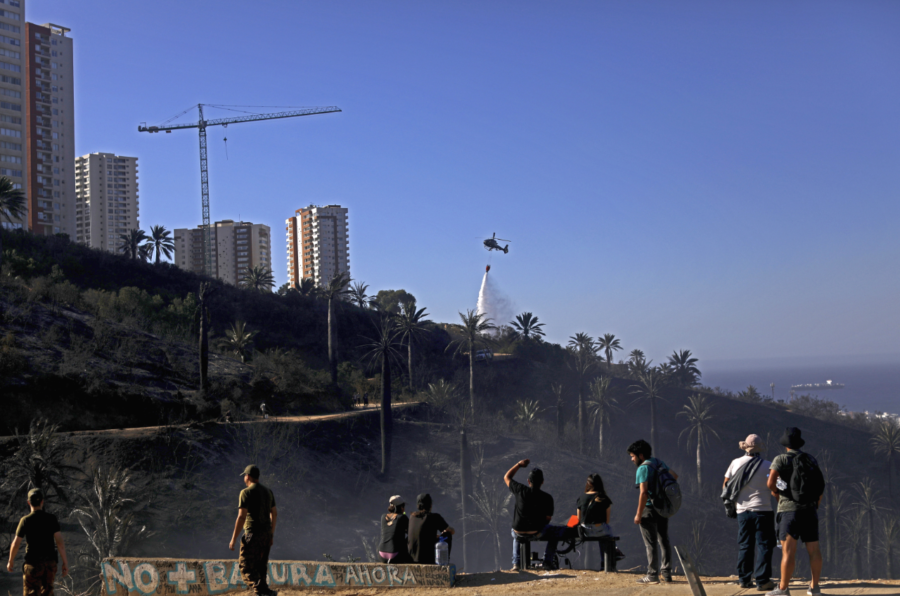
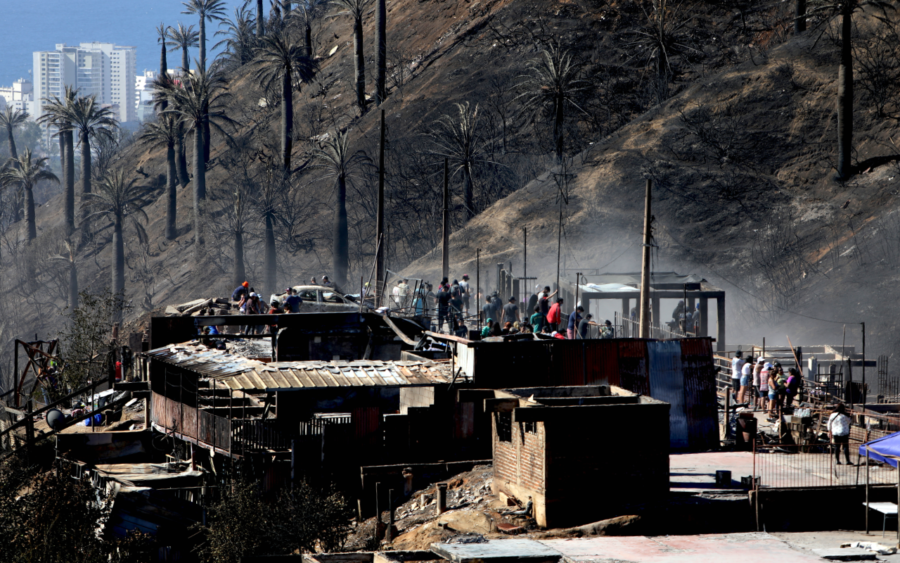
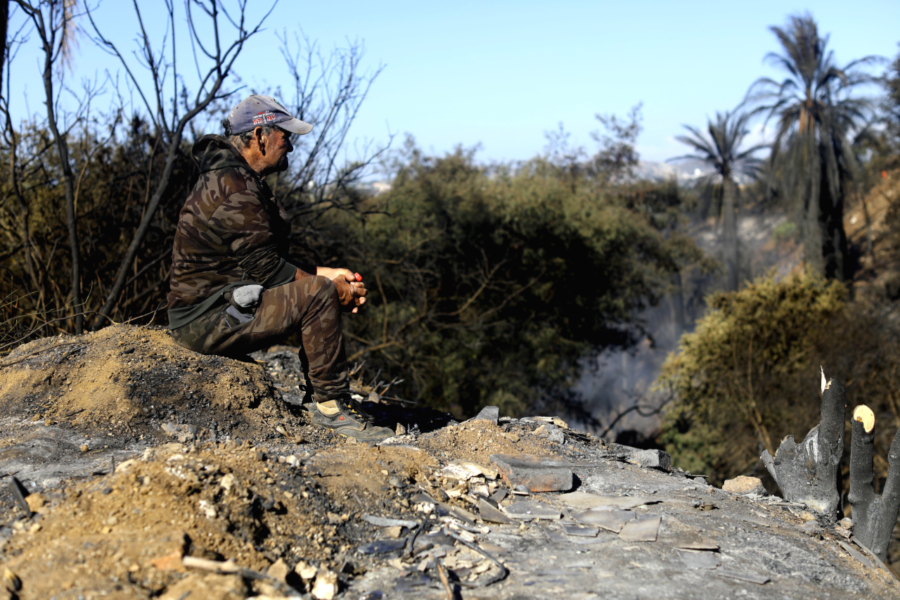
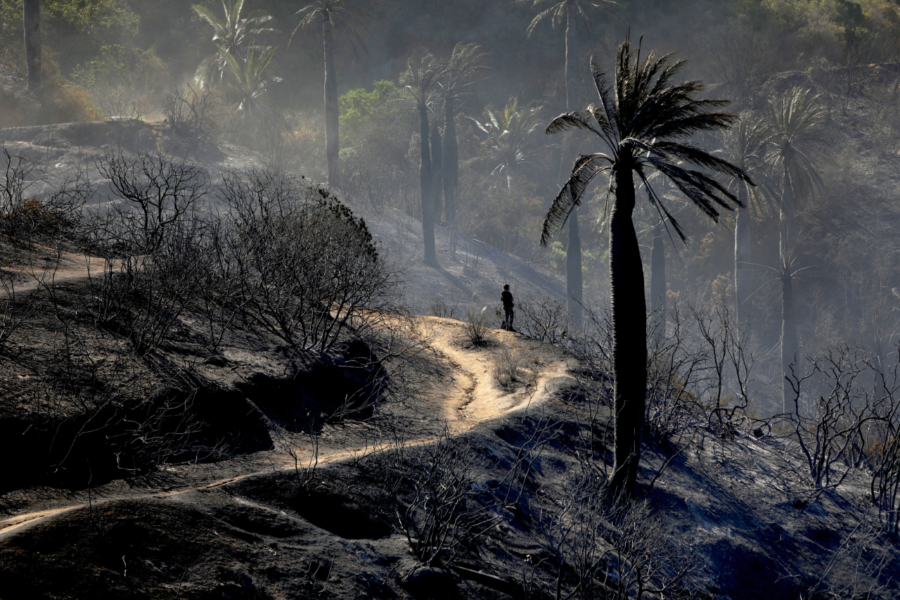
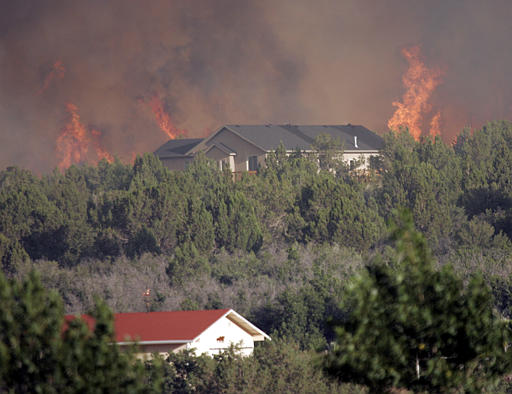
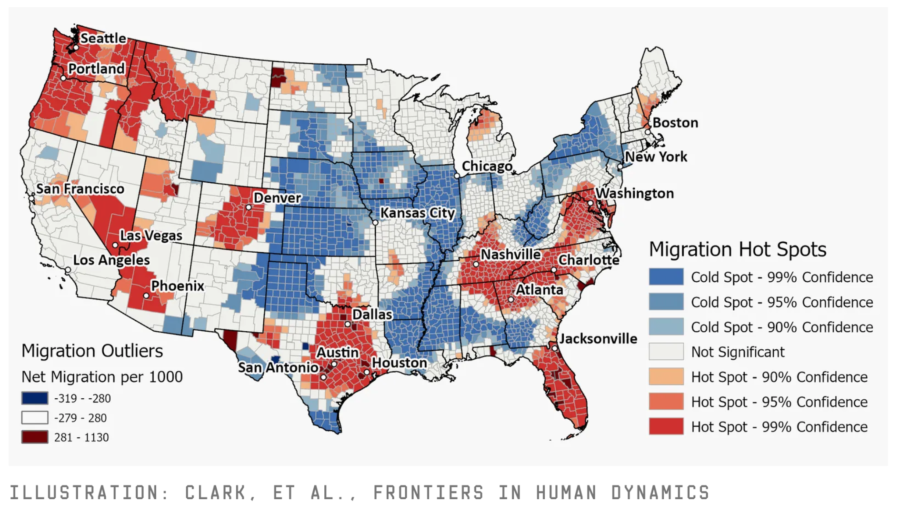
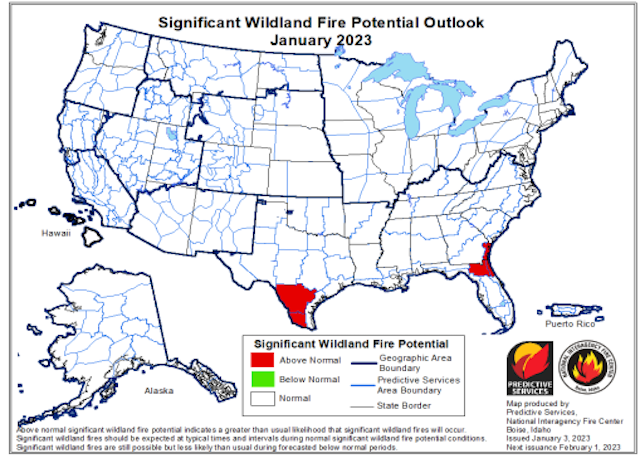
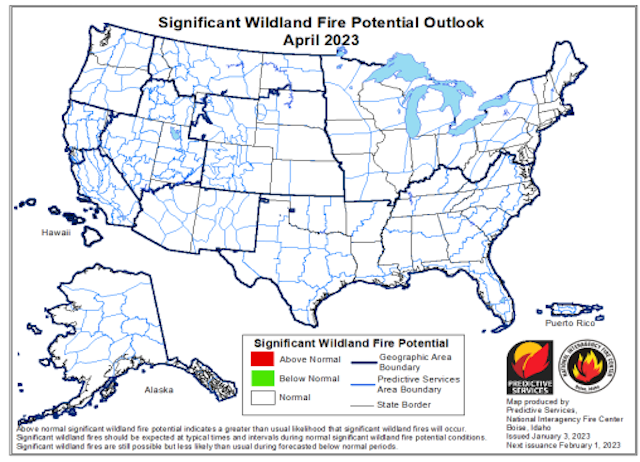

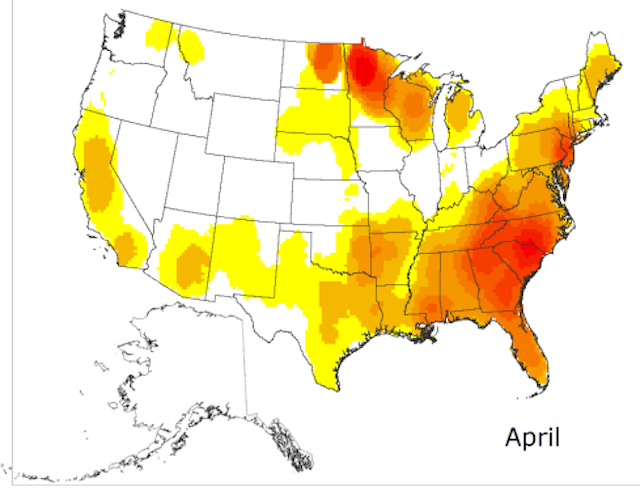
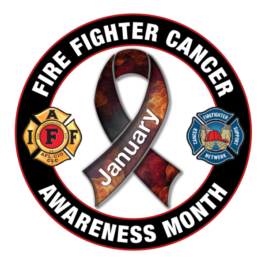 EMS members who have been diagnosed with cancer. The
EMS members who have been diagnosed with cancer. The